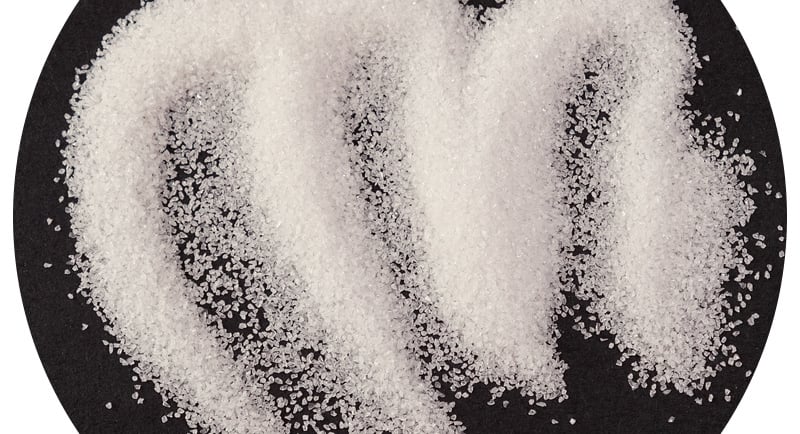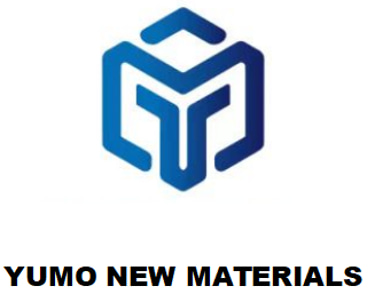HENAN YUMO: Engineered Precision, Uncompromised Performance
What is the Difference Between White Fused Alumina and Tabular Alumina?
Blog post description.
8/14/20252 min read


1. Introduction
White Fused Alumina (WFA) and Tabular Alumina (TA) are two of the most widely used high-alumina raw materials in industries such as refractories, abrasives, and ceramics. Although both are based on alumina (Al2O3), they differ in production processes, properties, and applications. Understanding the differences is essential for engineers, procurement teams, and manufacturers to choose the right material for their specific needs.
2. What is White Fused Alumina?
White Fused Alumina is produced by fusing high-purity calcined alumina in an electric arc furnace at temperatures above 2000°C. The molten alumina is then cooled, crushed, and sieved into various sizes. WFA is known for its high hardness, chemical stability, and purity, typically above 99% Al2O3.
Key properties include:
- High hardness (Mohs scale ~9)
- Excellent corrosion resistance
- Sharp angular particle shape
- High thermal conductivity
3. What is Tabular Alumina?
Tabular Alumina is produced by sintering high-purity alumina at around 1900°C without any sintering aids. The process results in large, well-developed α-alumina crystals with low porosity and high density. It is widely used in high-temperature refractory applications.
Key properties include:
- High bulk density (~3.5 g/cm³)
- Low open porosity
- Excellent thermal shock resistance
- Exceptional refractoriness (>1800°C)
4. Differences Between WFA and TA
Although both materials are alumina-based, their differences lie in structure, density, and performance:
- WFA has a sharper particle shape, making it suitable for abrasives, while TA has rounded grains for refractories.
- TA has higher bulk density and lower porosity compared to WFA.
- WFA offers superior cutting ability; TA offers better thermal shock resistance.
- WFA is produced by fusion; TA is produced by sintering.
5. Applications of White Fused Alumina
White Fused Alumina is primarily used in:
- Bonded abrasives (grinding wheels)
- Coated abrasives (sandpaper)
- Blasting media for surface preparation
- Refractory castables
- Ceramic and electronic components
6. Applications of Tabular Alumina
Tabular Alumina is widely applied in:
- High-performance refractories for steel, cement, and glass industries
- Kiln furniture and furnace linings
- Wear-resistant ceramic components
- Investment casting molds
7. How to Choose Between WFA and TA
Selection depends on the application environment:
- For high wear resistance and cutting performance: choose WFA.
- For extreme temperature resistance and thermal shock stability: choose TA.
- For cost-sensitive abrasive applications: WFA is generally more economical.
- For critical refractory linings: TA offers superior performance.
8. Global Market & Sourcing Trends
China is the world’s largest producer of both WFA and TA, offering a variety of grades and competitive pricing. Quality assurance, consistent particle sizing, and reliable logistics are key factors when sourcing these materials.
9. Henan Yumo New Materials — Your Reliable Alumina Supplier
Henan Yumo New Materials specializes in high-quality abrasive and refractory raw materials, including White Fused Alumina, Tabular Alumina, Brown Fused Alumina, and Silicon Carbide. We provide customized particle sizes, packaging solutions, and efficient global delivery services.
Contact us:
Website: www.yumoabrasive.com
Email: sales1@yumoabrasive.com
10. Conclusion
White Fused Alumina and Tabular Alumina, while chemically similar, are distinct in their properties and applications. WFA is ideal for abrasives and certain refractories, while TA excels in high-temperature, high-stress refractory applications. Choosing the right material will enhance performance, durability, and cost-effectiveness in industrial operations.
